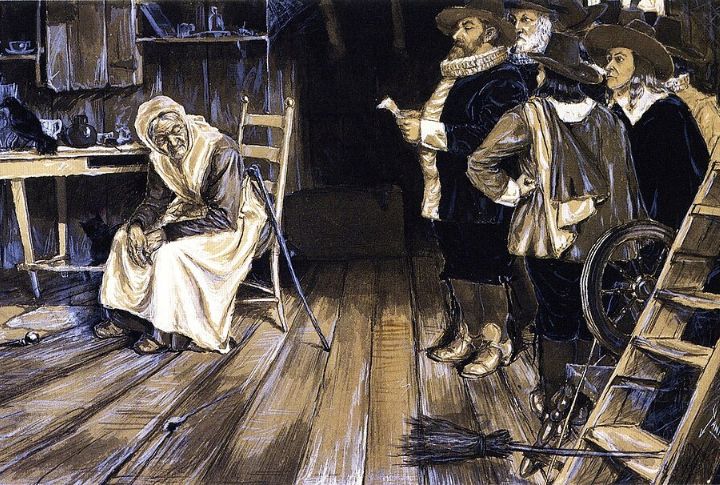
Every century has its challenges, but the 1600s seemed to collect more than its share. It wasn’t just one disaster but a chain of them. One crisis bled into the next, stretching across borders and cultures. Here’s a look at the major events that turned the 17th century into a worldwide crisis.
The World Froze Over
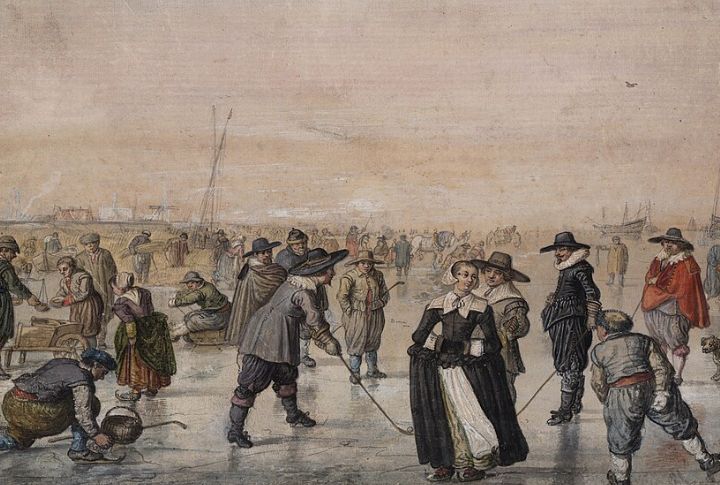
The 1600s brought deep freezes that gripped Europe in the Little Ice Age. The Thames turned solid, hosting frost fairs while crops failed and hunger spread. Iceland lost half its population. It wasn’t just winter—it was a shift in climate that chilled economies and left lasting scars.
Books Burned And Ideas Silenced
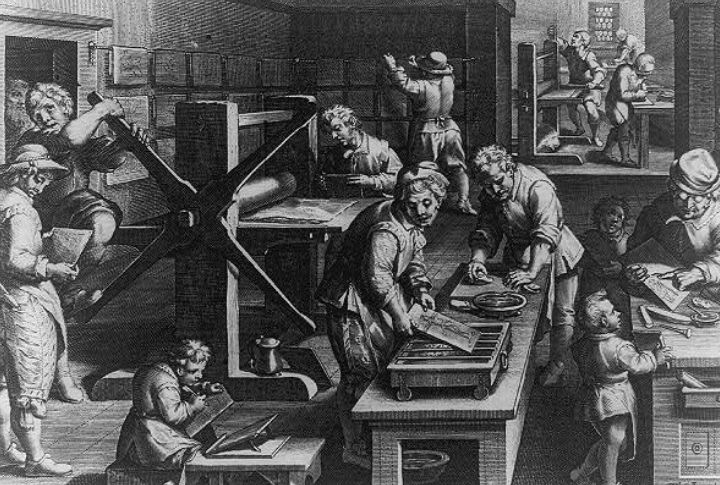
The 1600s weren’t just a time of crisis in nature and politics—they hit thought, too. Governments and religious authorities clamped down on printing presses, banning books and silencing dissent. In Catholic and Protestant regions alike, censors hunted heresy and rebellion in the margins.
China’s Empire Fell Apart
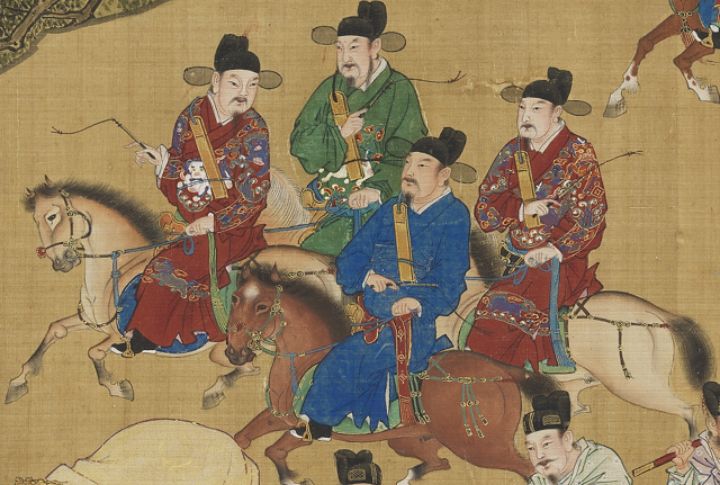
China’s Ming Dynasty was among the world’s strongest empires. By 1644, everything collapsed. Rebels stormed cities, floods washed away farms, and the climate betrayed its people. The Manchu stepped into the chaos and took Beijing. A dynasty fell, and with it, a whole political world crumbled under pressure.
Trade And Empires Cracked
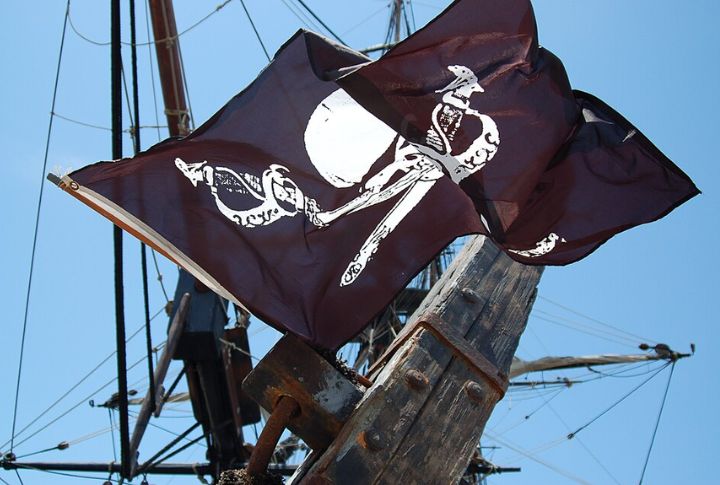
The 1600s cracked the systems that held global trade together. Spain’s silver lost its shine as inflation soared. Pirates thrived in the chaos and ambushed ships across oceans. The Dutch seized their moment, rising fast. That old world order stumbled, and new players stepped in.
Plague Swept Through Cities
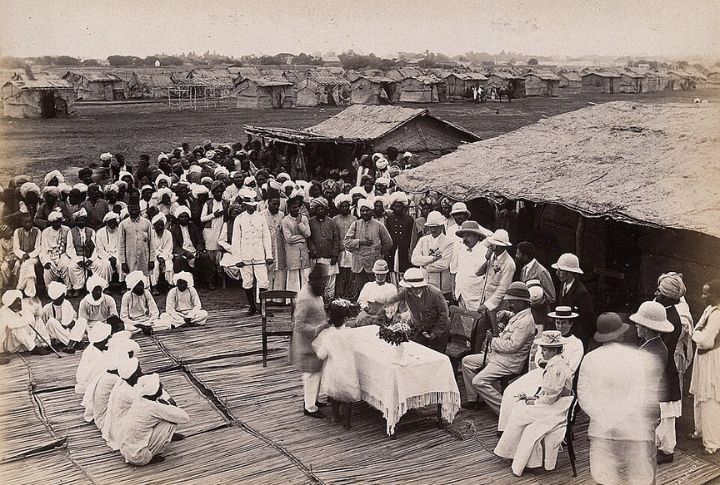
Death didn’t wait politely at the door. It came in waves that swept through London, then Naples, Vienna, and more. The Great Plague of 1665 alone claimed about 100,000 lives. Soldiers brought contagion everywhere they marched. Medieval methods failed, while entire households disappeared in silence.
Russia Collapsed Into Chaos
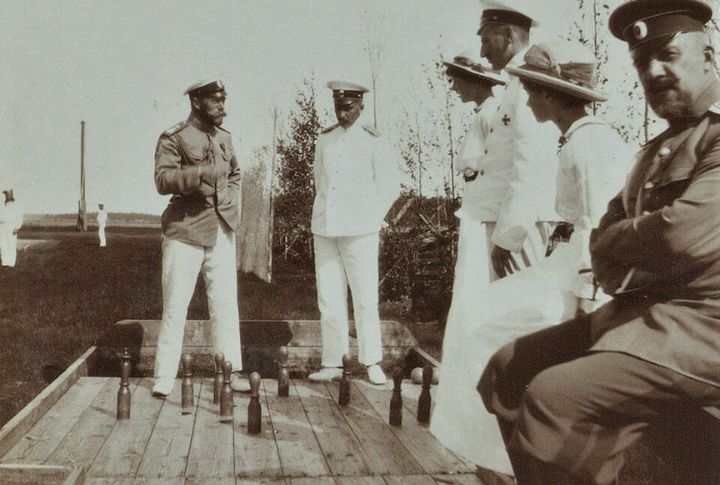
The Time of Troubles was a full-scale collapse of society and food supply all at once. As internal uprisings erupted and outside forces poured in, more than a million Russians perished. In the aftermath of this crisis, the Romanov dynasty emerged from near-total devastation.
Rebellions Erupted Everywhere
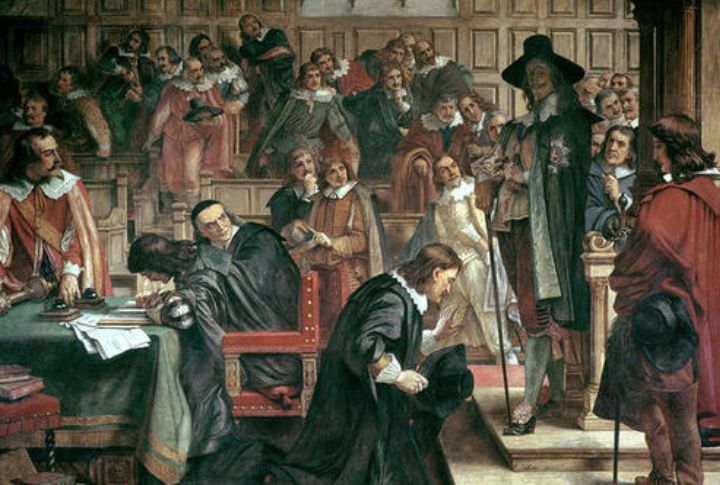
As the 1600s wore on, rebellion became a global current rather than an isolated storm. From Europe to Asia, monarchies were tested as citizens rose against taxes and corruption. England descended into civil war, Portugal broke from Spanish rule, and unrest even reached the Mughal and Ottoman empires.
Droughts Starved Entire Regions
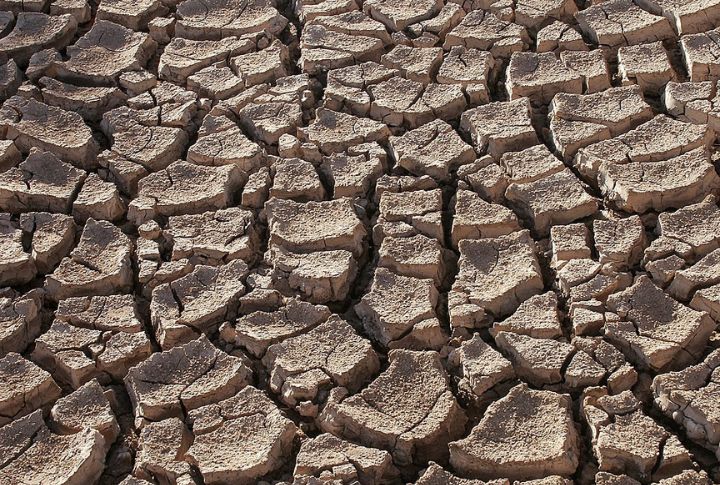
For some regions, it was the absence of water that brought collapse. The Nile failed to flood, turning Egypt’s farmland barren. The Sahel dried into dust. Moreover, droughts in Peru, Mexico, and the American Southwest pushed societies to the edge. Tree rings reveal how severe and relentless those dry years truly were.
Fear-Fueled Witch Hunts
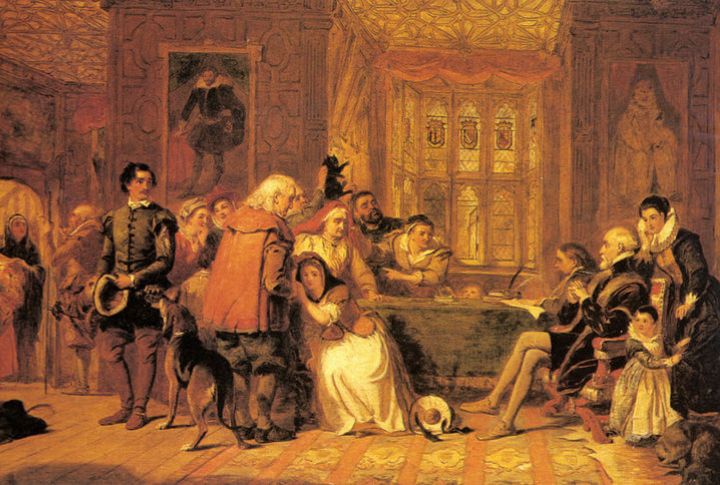
Witch hunts in the 1600s were driven by fear that fed on famine, disease, and uncertainty. As hardship spread, so did suspicion. Women were often blamed for the chaos, cast as agents of dark forces. In places like Salem and across Europe, fear alone could cost someone their life.
A Volcano Darkened The Sky
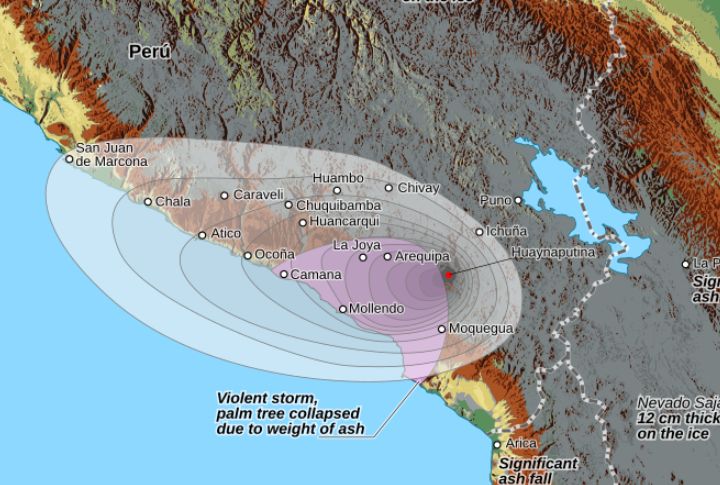
The eruption of Huaynaputina was a local catastrophe that triggered a chain reaction that crossed oceans. As the sky filled with volcanic ash, sunlight faded, and temperatures plunged. Crop failures followed across Europe and Asia. In Russia, the consequences were dire: a famine so severe it killed millions within just a few years.

